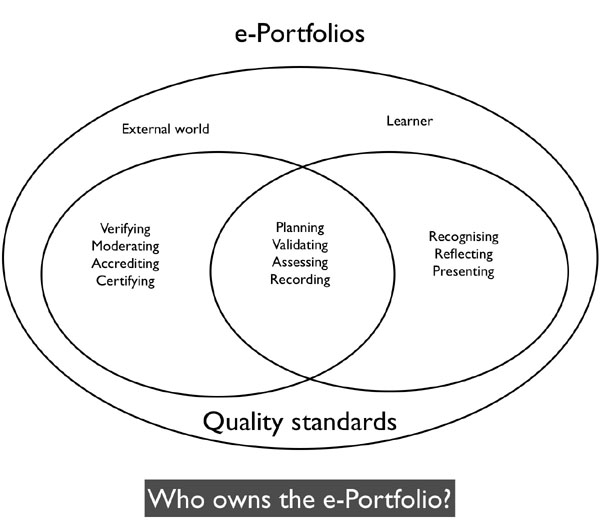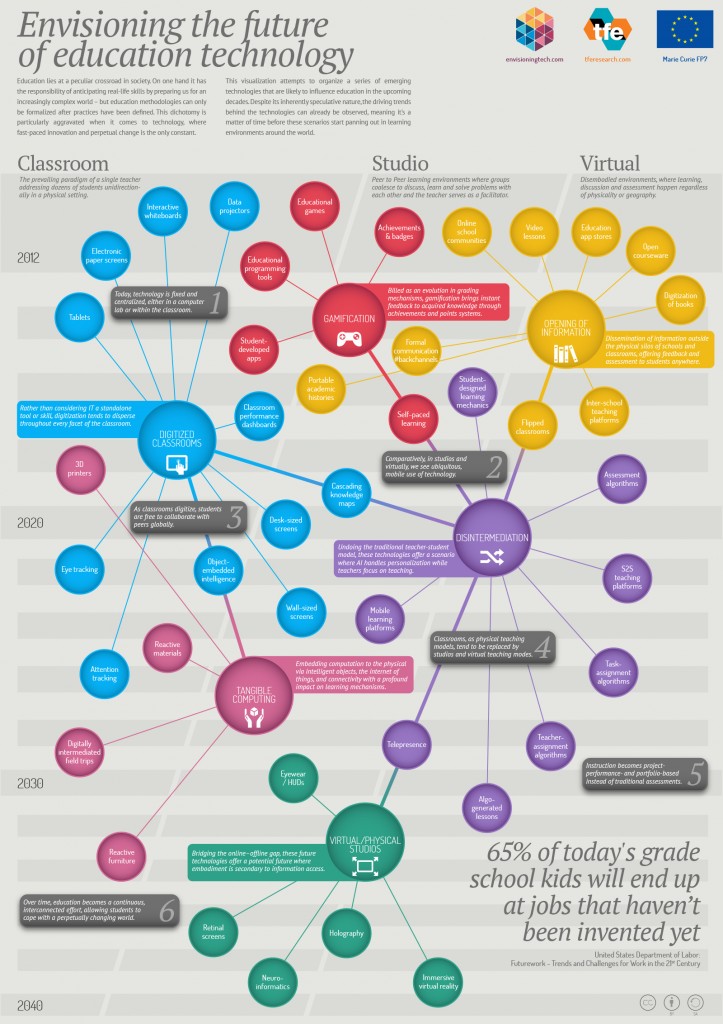The Learning Layers project scales up informal learning at the workplace
Last week Dirk, Jenny and I attended the first meeting of the European Commission IST programme Learning layers project. You are going to be hearing much more about the project on this blog, but here is a quick summary in the project’s first press release.
“With significant co-funding from the European Community, the Learning Layers project has recently started to research the role of information technologies in informal learning at the workplace. “It has been known for a long time that most learning that happens at the workplace is informal in nature”, says Tobias Ley, Professor at Tallinn University and scientific coordinator of the project, “but if we look at the learning technologies that are employed today, then most follow a very traditional model that mirrors course-based classroom learning.”
At the same time, mobile and social information and communication technologies have entered all parts of our lives. Nowadays we use them naturally to keep in contact with our friends, to seek information, to buy things and to work. There is now a realization that these emerging technologies are a key enabler to refocus efforts on informal learning, but few companies have taken these technologies up in a systematic way to include them into their learning strategy.
So why is this? “One of the reasons is that, although informal interactions, like asking your colleague across the room for help, are very effective, they don’t scale very well beyond the immediate context”, says Tobias Ley. While the help is effective, not many others can benefit from it. Could our personal technologies provide a key for scaling up these interactions? This is what the project has set out to discover, and a number of technological solutions will be developed that should help to make this endeavor a reality. First of all, technologies need to be where informal learning really takes place. “In many prior projects, we have concentrated on people sitting at their computer desktops. In contrast, the Learning Layers Project will look at workplaces that are inherently mobile,” says Stefanie Lindstaedt, Professor at Graz University of Technology in Austria, who will be one of the main project partners for developing technologies for these settings.
The European Commission has specifically asked for proposals that benefit Small and Medium Sized Enterprises in sectors that have been less inclined in the past to take up technologies for learning. The Learning Layers project has therefore selected two very challenging application areas, the building and construction industry and the healthcare sector. Informal learning has traditionally played an important role in these sectors, but both have been hesitant to embrace learning technologies for different reasons. “With people using their personal devices, we now see a great opportunity in the building industry to connect our course offering much more directly with what people are experiencing at the workplace”, says Melanie Campbell who is representing a regional training center for the building and construction industry in Northern Germany. “Doctors work in interprofessional teams and have often learned from colleagues, technology could provide us with a way of sharing, enhancing and recording this informal learning”, says Tamsin Treasure-Jones from the Leeds Institute of Medical Education at the University of Leeds.
“Understanding the current situation in these two sectors, how they work, learn and share their knowledge, is a key priority in the project”, says Ronald Maier, Professor at the University of Innsbruck, “we will therefore conduct in-depth studies and use our findings to help improve the way people work and learn.” Based on these insights, the project will design interaction technologies to ensure that they are firmly embedded in the daily work practices, and to create new knowledge, learning and work practices that fit to the existing ones.
Apart from direct person to person interactions, such as asking colleagues, the Learning Layers project will also look at how learning materials are created informally and then increasingly shared, improved and used on a wider scale. And because people’s experiences with physical objects, like machines or materials, is crucial in the two sectors, the project will also consider how these experiences can be better exploited for learning purposes. For example, it is nowadays quite easy to make short video sequences and share them to explain how to use a certain tool.
“In order to scale up the use of these technologies, we really need to show take up in large user groups”, says Graham Attwell, Director of Pontydysgu and responsible for the project’s outreach strategy. One of the key measures the project will take is to make use of existing regional economic clusters in which enterprises are already collaborating on a whole range of activities. The project has proposed a roll-out strategy through which technologies would become part of the regional innovation and learning system, thereby reaching out to 1000 end users within the lifetime of the project.
The Learning Layers project started on 01 November 2012 with a total budget of over 12 million Euros over a four-year lifetime. Seventeen partners from Austria, Estonia, Finland, Germany, Norway, Spain, and the UK have teamed up for what will be an intense research collaboration. The project is jointly coordinated by CIMNE, a research institute in Barcelona/Spain and Tallinn University in Estonia. More information is available at http://www.learning-layers.eu.”



